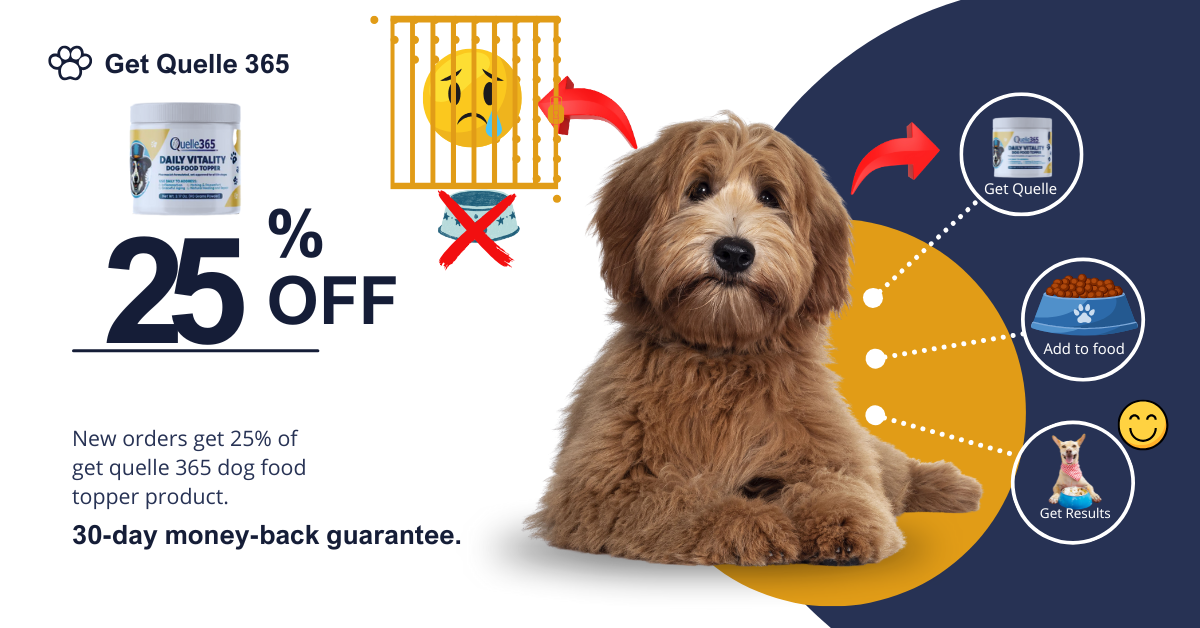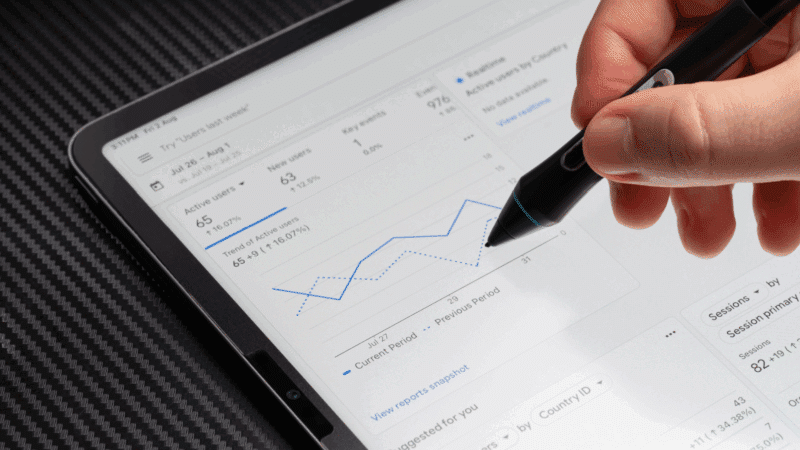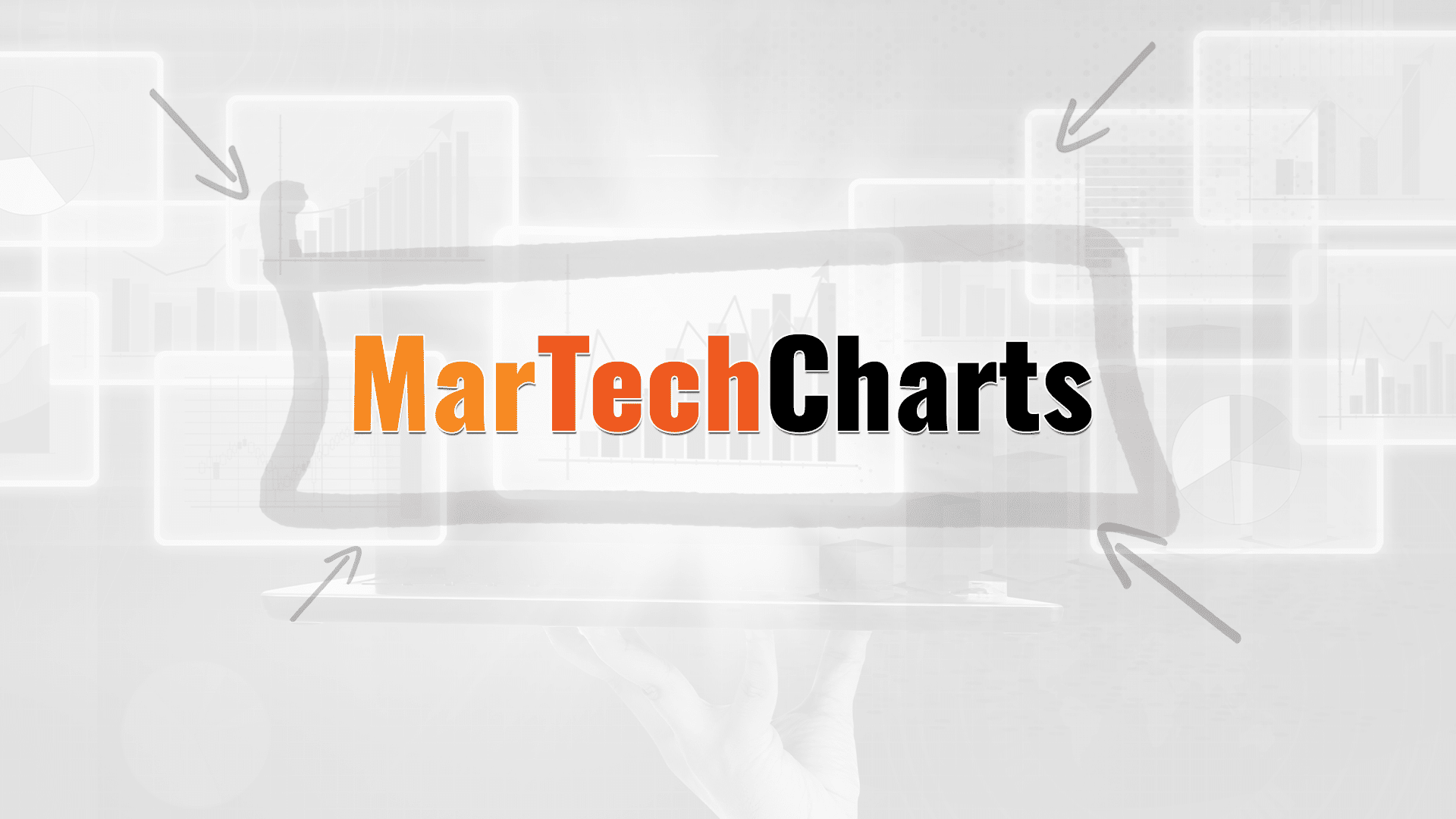Google’s martin Splitt and John Mueller discussed how long it takes for SEO to have an effect. Google’s John Mueller explained that there are different levels of optimization and that some have a more immediate effect than other more complex changes.
Visible Changes From SEO
Some SEOs like to make blanket statements that SEO is all about links. Others boast that their SEO work can have dramatic effect in relatively little time. And it turns out that those kinds of statements really depend on the actual work that was done.
Google’s John Mueller said that a site starting out from virtually zero optimization to some basic optimization may see near immediate ranking changes in Google.
John Mueller started this part of the conversation:
“I guess another question that I sometimes hear with regards to hiring an SEO is, how long does it take for them to make visible changes?”
Martin Splitt responded:
“Yeah. How long does it take? I’m pretty sure it’s not instant. If you say it takes like a week or a couple of weeks to pick things up, is that the reasonable time horizon or is it longer?”
John answered with the really old “it depends” line which is kind of overdone. But in this case it really does depend on multiple factors related to the scale of the work being done which in turn influences how long it will take for Google to index and then recalculate rankings. He said if it’s something simple then it won’t take Google much time. But if it’s a lot of changes then it may take significantly longer.
John’s explanation:
“I think, to speak in SEO lingo, it depends. Some changes are easy to pick up quickly, like simple text changes on a page. They just have to be recrawled and reprocessed and that happens fairly quickly.
But, if you make bigger, more strategic changes on a website, then sometimes that just takes a long time.”
See also: Google On Link Algorithms and How Long for Links to Work
Next Stage Of SEO: Monitor Progress
Mueller then says that a good SEO should monitor how the changes they made are affecting the rankings. This can be a little tricky because some changes will cause an immediate ranking boost that will last for a few days and then drop. My opinion, from my experience, is that an unshakeable top ranking is generally possible if there’s strong word of mouth and other external signals that tell Google that the content is trustworthy and high quality.
Here’s what John Mueller said:
“I think that’s something where a good SEO should be able to help monitor the progress along there. So it shouldn’t be that they go off and make changes and say, ‘Okay, now you have to keep paying me for the next year until we wait what happens.’ They should be able to tell you what is happening, what the progress is, give you some input on the different things that they’re doing regularly. But it is something that is more of a longer term thing.”
Mueller doesn’t go into details about what the hypothetical SEO is “doing regularly” but in my opinion it’s always helpful to be doing basic promotion that boils down to telling people that this content is out there, measuring how people respond to it, getting feedback about it and then making changes or improvement based on those changes.
For content sites, a great way to get immediate user feedback is to enable a moderated comment section in which only comments that are approved can show up. I have received a lot of positive feedback from readers on some of my content sites from what’s in the comments. It’s also useful to make it easy for users to contact the publisher from any page of the site, whether it’s an ecommerce site or an informational blog. User feedback is absolute gold.
Mueller continued his answer:
“I think if you have a website that has never done anything with SEO, probably you’ll see a nice big jump in the beginning as you ramp up and do whatever the best practices are. At some point, it’ll kind of be slow and regular more from there on.”
Martin Splitt expressed how this part about waiting and monitoring requires patience and Mueller agreed, saying:
“I think being patient is good. But you also need someone like an SEO as a partner to give you updates along the way and say, ‘Okay, we did all of these things,’ and they can list them out and tell you exactly what they did. ‘These things are going to take a while, and I can show you when Google crawls, we can follow along to see like what is happening there. Based on that, we can give you some idea of when to expect changes.’”
Resgier for the webinar: The New SEO Playbook: How AI Is Reshaping Search & Content
Takeaways:
SEO Timelines Vary By Scale Of Change
- Simple on-page edits may result in quick ranking changes.
- Larger structural or strategic SEO efforts take significantly longer to be reflected in Google rankings.
SEO Results Are Not Instant
- Indexing and ranking recalculations take time, even for smaller changes.
Monitoring And Feedback Are Necessary
- Good SEOs track progress and explain what is happening over time.
- Ongoing feedback from users can help guide further optimization.
Transparency And Communication
- Effective SEOs regularly report on their actions and expected timeframes for results.
Google’s John Mueller explained that the time it takes for search optimizations to show results depends on the complexity of changes made, with simple updates being processed faster and large-scale changes requiring more time. He emphasized that good SEO isn’t just about making changes because it also involves tracking how those changes affect rankings, communicating progress clearly, and continuous work.
I suggested that user response to content is an important form of feedback because it helps site owners understand what is resonating well with users and where the site is falling short. User feedback, in my opinion, should be a part of the SEO process because Google tracks user behavior signals that indicate a site is trustworthy and relevant to users.
Listen to Search Off The Record Episode 95
Featured Image by Shutterstock/Khosro








